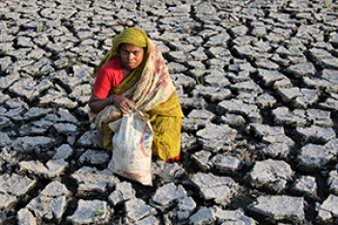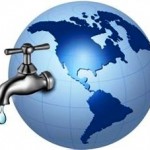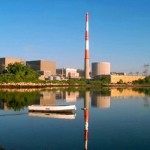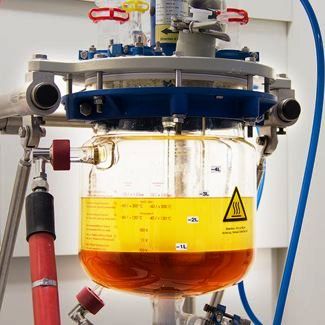UN-Water is the United Nations inter-agency coordination mechanism for freshwater related issues, including sanitation. It was formally established in 2003 building on a long tradition of collaboration within the UN.
United Nations University (UNU), a global thinktank and postgraduate teaching organization headquartered in Japan, contributes through collaborative research and education to resolving pressing global problems of human survival, development and welfare that are the concern of the United Nations, its Peoples and Member States.
The United Nations Industrial Development Organization (UNIDO) is a specialized agency that promotes and accelerates sustainable industrial development in developing countries and economies in transition to achieve poverty reduction, inclusive globalization and environmental sustainability.
Source: UN-Water.
Facts about the Water-Energy Nexus
Globally
- 90% of power production is water intensive.
- The International Energy Agency (IEA) estimated (2010) global water withdrawals for energy production at 583 billion m3 (representing some 15% of the world’s total withdrawals, or roughly 75% of industrial water withdrawals), of which 66 billion m3 was consumed.
- By 2035, withdrawals could increase by 20% and consumption by 85%, driven via a shift towards higher efficiency power plants with more advanced cooling systems (that reduce water withdrawals but increase consumption) and increased production of biofuels. Local and regional impacts of biofuels could be substantial, as their production is among the most water intensive types of fuel production.
- There is an increasing risk of conflict between power generation, other water users and environmental considerations.
- Thermal power generation accounts for roughly 80% of global electricity production and is responsible for roughly one half of all water withdrawals in the United States and in several European countries.
- Several factors determine how much cooling water is needed by thermal power plants, including the fuel type, cooling system design and prevailing meteorological conditions. However, efficiency is often the main factor that drives water requirements: the more efficient the power plant, the less heat has to be dissipated, thus less cooling is required.
- Hydroelectricity, which can also require abundant water supplies, accounts for about 15% of global electricity production.
- By 2035, global water withdrawals for energy are expected to increase by 20%, whereas water consumption for energy is expected to increase by 85%.
- Unconventional oil (e.g., oil/tar sands) and gas production (e.g., “fracking”) are generally more water intensive than conventional oil and gas production.
Globally
- 780 million people lack access to safe drinking water – although by some estimates, the number of people whose right to water is not satisfied could be as high as 3.5 billion – and 2.5 billion are without sanitation.
- Total freshwater withdrawals are believed to have increased by about 1% per year since the late 1980’s.
- Water demand in terms of water withdrawals is projected to increase by some 44% by 2050 due to growing demands from manufacturing, thermal power generation (mainly from the expansion of coal and gas powered plants), agriculture and domestic use.
- The rate of groundwater abstraction is increasing by 1% to 2% per year, adding to water stress in several areas. Recent evidence has shown that groundwater supplies are diminishing, with an estimated 20% of the world’s aquifers being over-exploited, and some massively so.
- Desalinated water involves the use of at least 75.2 TWh/year, which is about 0.4% of global electricity consumption.
- It is estimated that more than 80% of used water worldwide – and up to 90% in developing countries – is neither collected nor treated, threatening human and environmental health.
Facts about Energy
Globally
- 1.3 billion people currently live without electricity, and roughly 2.6 billion use solid fuels (mainly biomass) for cooking.
- By 2035, energy demand is projected to grow by more than one-third and demand for electricity is expected to grow by 70% by 2035.
- Modern biofuels represent only 0.8% of global final energy consumption, but their contribution to energy supply is expected to grow rapidly. If bioenergy feedstock is produced on irrigated lands, then the potential impact of biofuels on water resources is also of major concern.
- Fossil fuel consumption subsidies totalled US$523 billion in 2011 (an increase of almost 30% over the total for 2010). Financial support for renewable energy, by comparison, amounted to only $88 billion in 2011, and increased by another 24% in 2012.
- With the global energy market estimated at 6 trillion US dollars annually, the energy sector is synonymous with ‘big business’. The energy sector is well funded, highly organized, and attracts greatly more political attention than water in most countries.
















